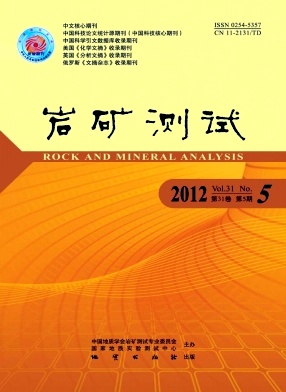Yong-ya WANG, Fu-xi GAN. Mineral Structure and Mineralization Mechanism of Serpentine Jade from Luchuan, Guangxi Province[J]. Rock and Mineral Analysis, 2012, 31(5): 788-793.
| Citation: |
Yong-ya WANG, Fu-xi GAN. Mineral Structure and Mineralization Mechanism of Serpentine Jade from Luchuan, Guangxi Province[J]. Rock and Mineral Analysis, 2012, 31(5): 788-793.
|
Mineral Structure and Mineralization Mechanism of Serpentine Jade from Luchuan, Guangxi Province
-
1.
Shanghai Institute of Optics and Fine Mechanics, Chinese Academy of Sciences, Shanghai 201800, China
-
2.
Fudan University, Shanghai 200433, China
More Information
-
Corresponding author:
Fu-xi GAN, fxgan@mail.shcnc.ac.cn
-
Abstract
The nondestructive analysis techniques of Proton Induced X-ray Emission (PIXE), X-ray Diffraction (XRD), Laser Raman Spectroscopy (LRS) and Scanning Electron Microscopy (SEM) were applied to analyze the chemical composition and mineral structure of serpentine jade from Luchuan, Guangxi Province. The major XRD bands of the samples located at 0.724, 0.456, 0.362, 0.248, 0.153 and 0.150 nm, indicate that the major mineral of Luchuan jade is serpentine. Meanwhile, interpenetration texture was formed between serpentine and associated calcite. Luchuan serpentine jade was formed by hydrothermal metasomatism from dolomitic marble, and both Luchuan Jade and Xinyi Jade belong to Mg-rich carbonate type serpentine. Raman characteristic bands of antigorite located at 229, 376, 457, 686 and 1046 cm-1 while that of chrysotile occurred at 228, 345, 386, 624, 690 and 1102 cm-1. Therefore, the Raman spectroscopy can be used to identify chrysotile and antigorite of the serpentine minerals of Luchuan jade.
-

-
-
Access History







 DownLoad:
DownLoad: